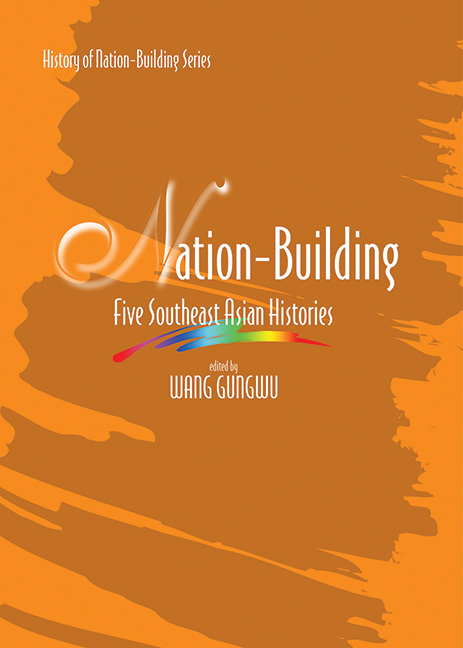Book contents
- Frontmatter
- Contents
- Preface
- The Contributors
- Chapter One Contemporary and National History: A Double Challenge
- Chapter Two Nation and State in Histories of Nation-Building, with Special Reference to Thailand
- Chapter Three Rethinking History and “Nation-Building” in the Philippines
- Chapter Four Writing the History of Independent Indonesia
- Chapter Five Ethnicity in the Making of Malaysia
- Chapter Six Historians Writing Nations: Malaysian Contests
- Chapter Seven Writing Malaysia's Contemporary History
- Chapter Eight Forging Malaysia and Singapore: Colonialism, Decolonization and Nation-Building
- Chapter Nine Nation-Building and the Singapore Story: Some Issues in the Study of Contemporary
- Chapter Ten Nation and Heritage
- Index
Chapter One - Contemporary and National History: A Double Challenge
Published online by Cambridge University Press: 21 October 2015
- Frontmatter
- Contents
- Preface
- The Contributors
- Chapter One Contemporary and National History: A Double Challenge
- Chapter Two Nation and State in Histories of Nation-Building, with Special Reference to Thailand
- Chapter Three Rethinking History and “Nation-Building” in the Philippines
- Chapter Four Writing the History of Independent Indonesia
- Chapter Five Ethnicity in the Making of Malaysia
- Chapter Six Historians Writing Nations: Malaysian Contests
- Chapter Seven Writing Malaysia's Contemporary History
- Chapter Eight Forging Malaysia and Singapore: Colonialism, Decolonization and Nation-Building
- Chapter Nine Nation-Building and the Singapore Story: Some Issues in the Study of Contemporary
- Chapter Ten Nation and Heritage
- Index
Summary
At the International Conference of Historians of Asia (IAHA) in Bangkok (1996), there was a panel on nation-building at which it was debated whether it was time for historians to write nation-building histories for Southeast Asia. This appeared rather unadventurous because in 1996 there was much more debate about globalization and transnational developments, even speculation about the end of nation-states. It was pointed out that the break-up of colonial empires in Asia had happened a long while back. Unlike the new nations after the dissolution of the Austro-Hungarian and Ottoman empires, those that were established after World War II faced a world that was changing much faster than it has ever done. Since the 1950s, new global markets have flourished, new technologies have reached out in all directions and new social forces have been released. It was surely more important to examine the new emerging factors in society that were transforming human lives beyond recognition. In many countries, these had begun to render the idea of nation-states increasingly irrelevant.
On the other hand, only a few years earlier, German reunification and the dissolution of the Soviet Empire had led to a new wave of nation-building in Central and Eastern Europe as well as Central Asia. And what a dramatic challenge that has been to the Western European experiment in crossing national borders to build new kinds of communities. Since then, the tension between a European Union seeking to double its size and the murderous struggles of the new ethnic nationalisms has barely abated. This has certainly led to fresh interest in the idea and practice of nationbuilding. Of course, how to understand what that process now means may have to change. The Southeast Asian efforts of the past half-century show that the region's new nations are not the same as those carved out of the Ottoman and Austro-Hungarian empires.
- Type
- Chapter
- Information
- Nation BuildingFive Southeast Asian Histories, pp. 1 - 20Publisher: ISEAS–Yusof Ishak InstitutePrint publication year: 2005



